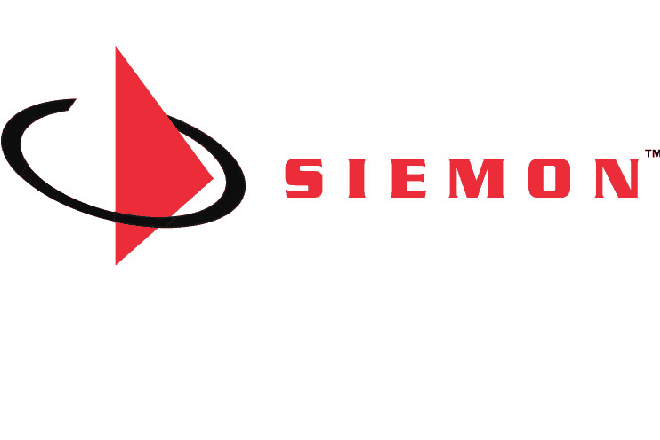Siemon cabling system exceeds draft class requirements
Siemon has announced its fully shielded TERA end-to-end twisted-pair copper cabling system exceeds the draft class II requirements of ISO/IEC 11801-1 (Committee draft N2483).
Class II channels and permanent links are qualified up to 2 GHz and constructed from category 8.2 connecting hardware, cables and cords to meet future 25 Gbps (25GBASE-T) and 40 Gbps (40GBASE-T) applications.
ADVERTISEMENT
Third-party test laboratory Intertek ETL performed the electrical testing on a 2-connector 30m TERA channel and verified compliance to the draft ISO/IEC requirements. The test configuration was constructed of Siemon’s TERA connectors, new category 8.2 cable, and hybrid TERA to RJ-45 equipment cords. Not only did the testing verify compliance for all parameters, including coupling attenuation, but the results indicated headroom to draft class II limits.
“After testing a representative sample, Intertek confirmed compliance of the TERA system to the class II requirements, thus making it suitable to support IEEE 802.3bq 25GBASE-T and 40GBASE-T,” says Intertek project engineer Antoine Pelletier.
“State of the art test equipment and fixtures are used to verify this in the laboratory. Compliant category 8.2 products are precisely designed and manufactured for smooth transmission performance up to 2000 MHz.”
Siemon business unit leader Mike Boisseau says Siemon’s fully shielded TERA category 7A/class FA end-to-end cabling solution has long been the highest-performing twisted-pair copper cabling system available.
“Due to its already superior performance, it was no surprise that TERA easily achieved category 8.2 compliance with plenty of margin,” he says.
Utilising TERA’s quadrant-pair isolation technology, Siemon’s class II channel provides an end-to-end cabling solution to support future 25GBASE-T and 40GBASE-T implementations in data centre switch-to-server applications. Class II twisted-pair cabling will share open and common specifications, which ensures interoperability and backwards compatibility with the reach to support a much broader range of architectures for switch-to-server connections, including switches placed on top of rack (ToR), middle of row (MoR) and end of row (EoR) configurations.
-
ADVERTISEMENT
-
ADVERTISEMENT


